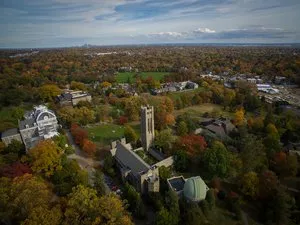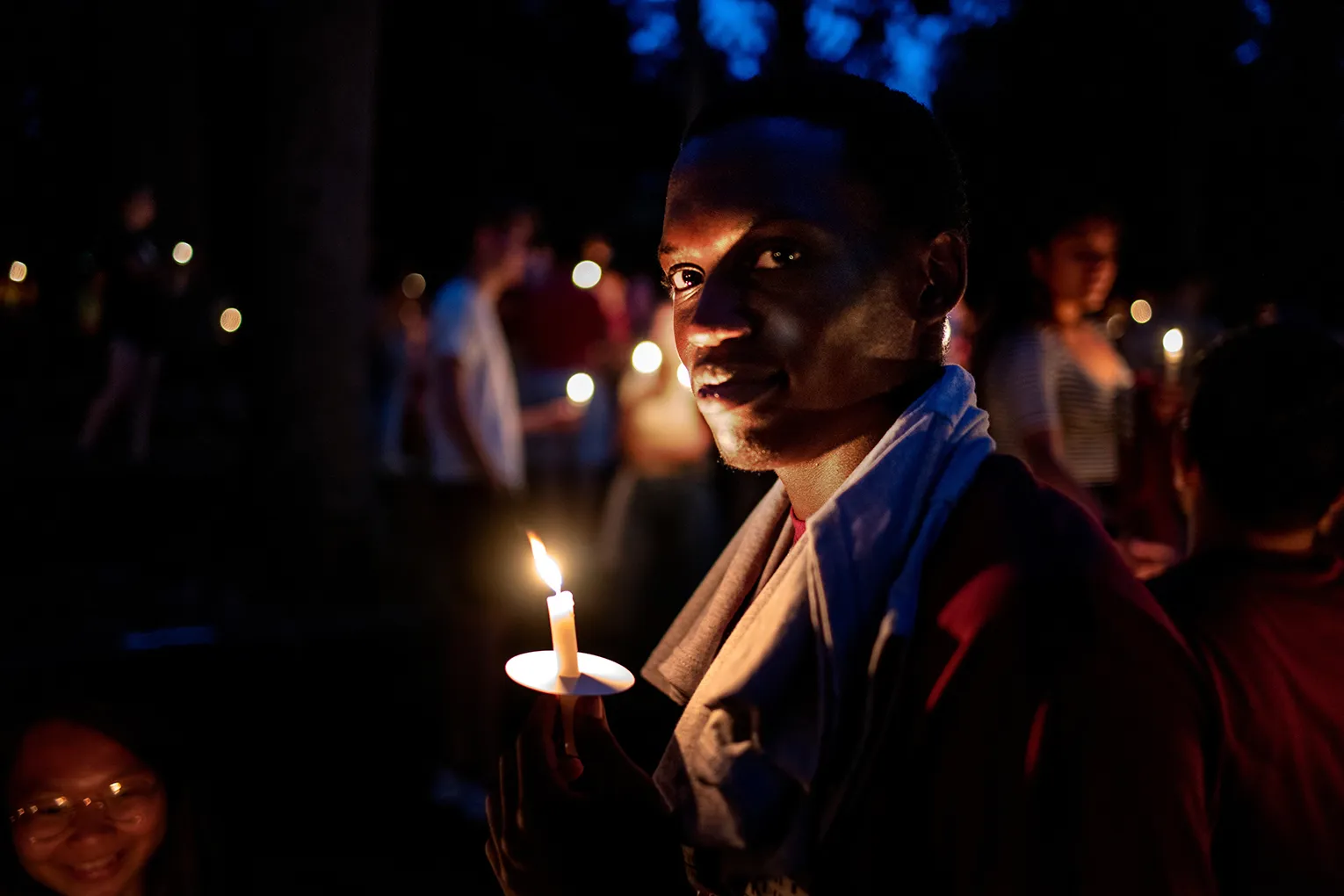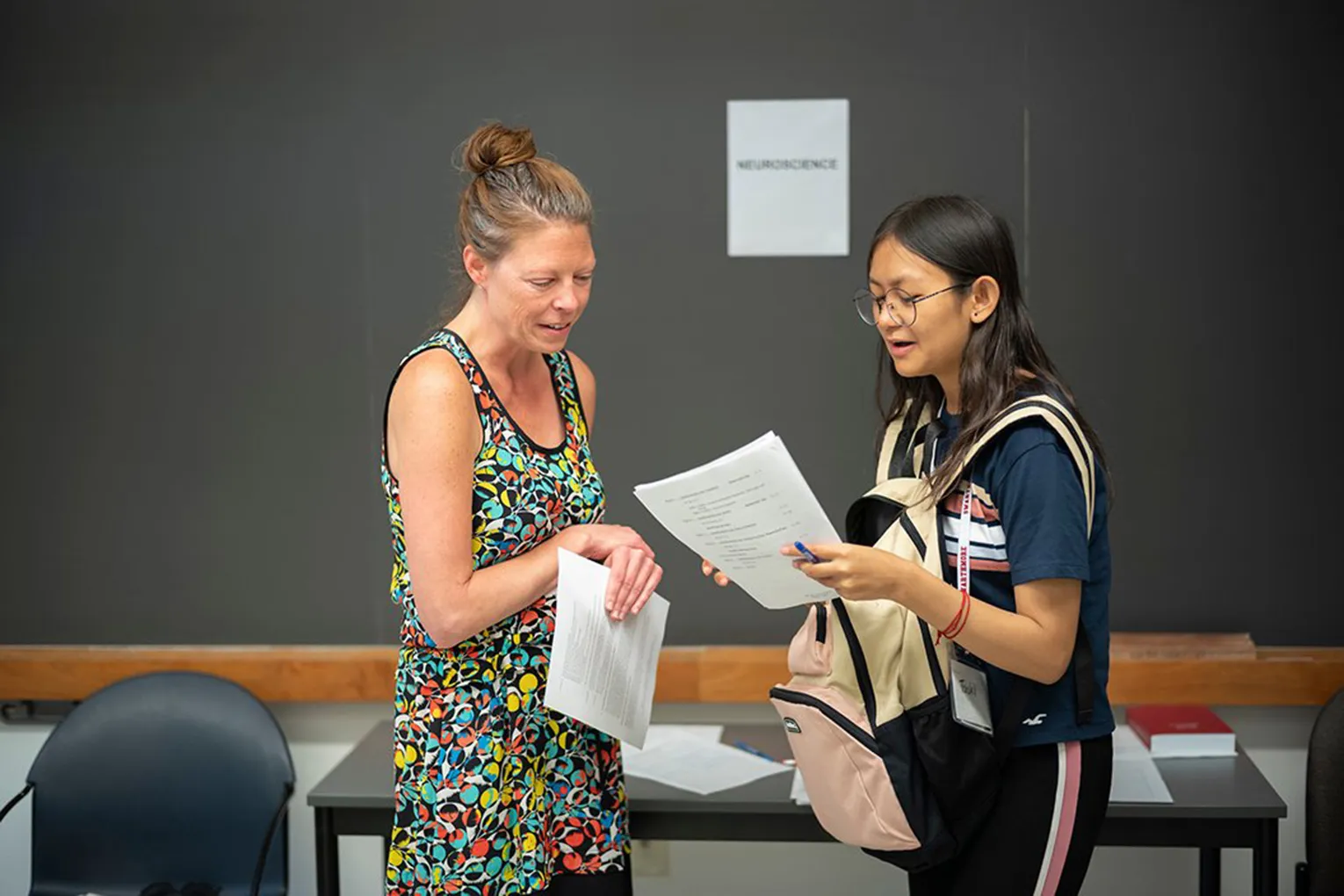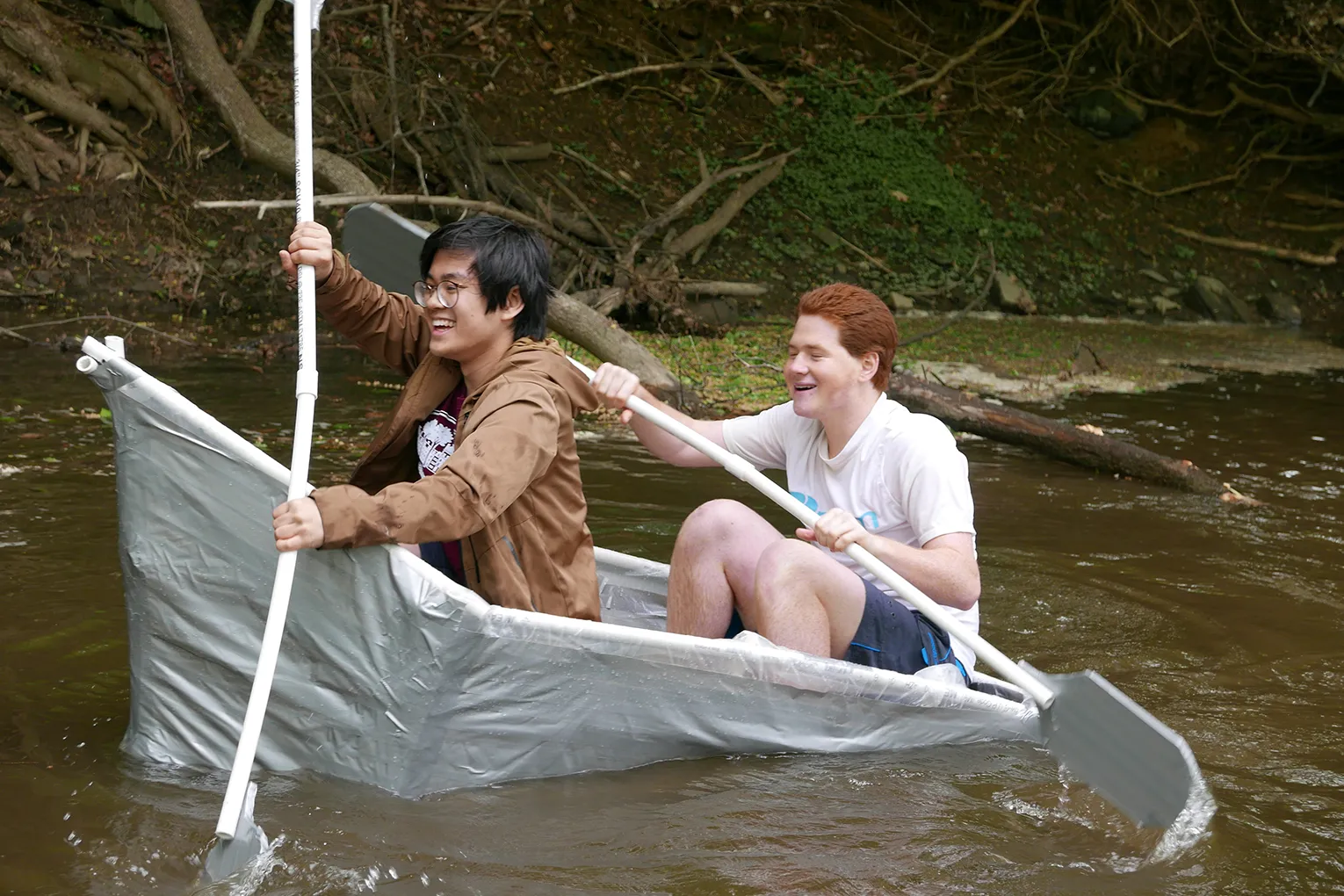Environmental Action at Swarthmore
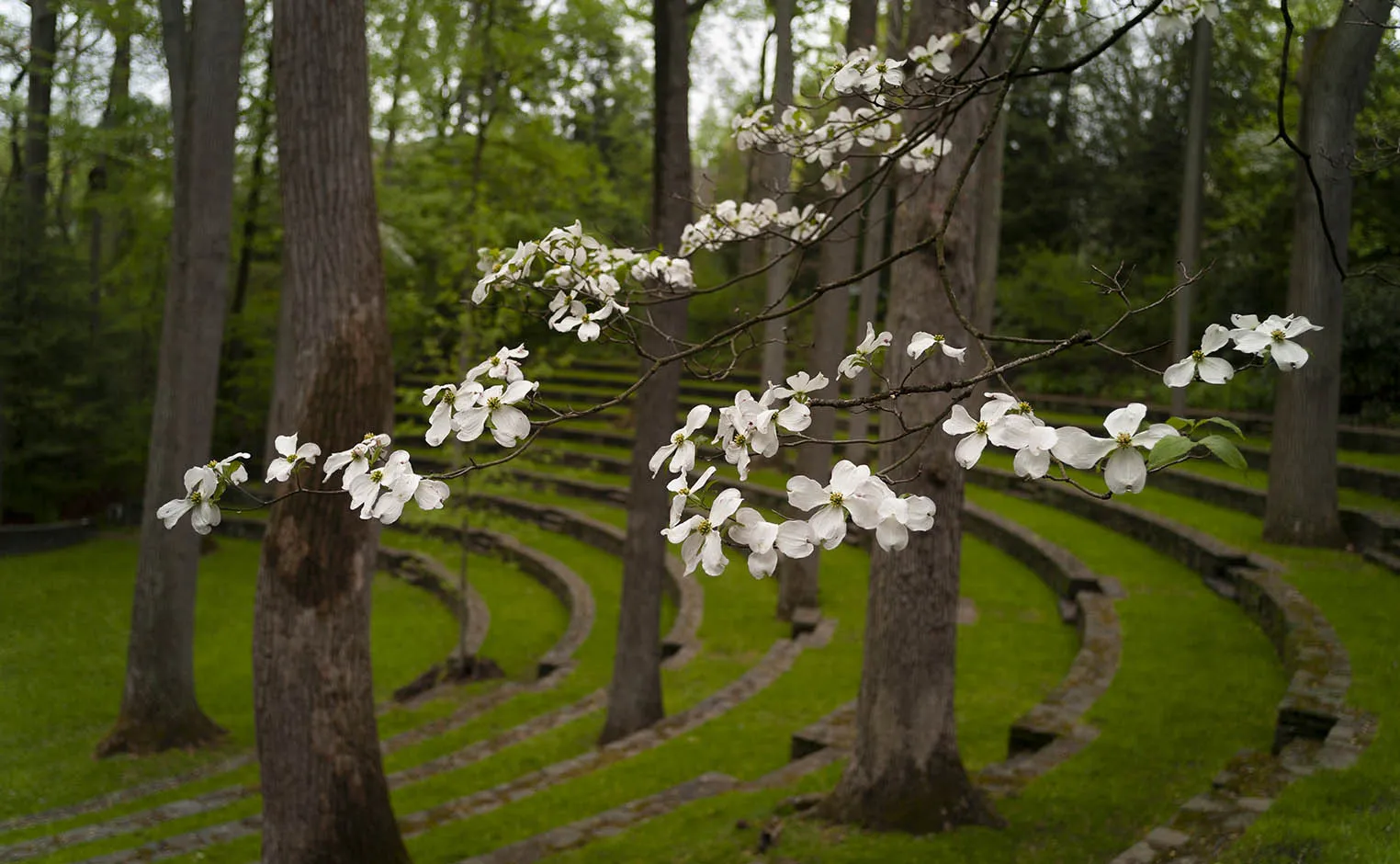
Swarthmore College has a long tradition of honoring the natural environment. As the climate crisis worsens here and around the world, the College continues to address the issue and make substantial strides in reducing its energy and water consumption.
